Some players dominate on the board. Others leave their mark on paper. A few do both, and those are the legends we’re focusing on here.
These aren’t just great chess players. These are the minds behind books that reshaped how we play, study, and teach chess.
Let’s get into the players who didn’t just win titles, they wrote the manuals for winning them.
Bobby Fischer: My 60 Memorable Games
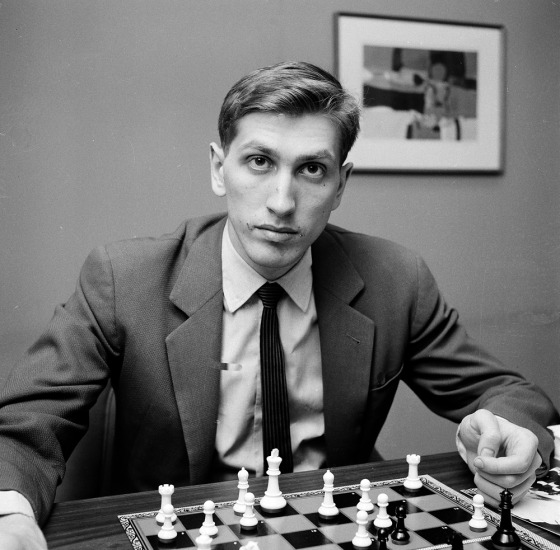
Bobby Fischer didn’t write many books. He didn’t need to. My 60 Memorable Games is a masterpiece of analysis, honesty, and chess psychology.
The book walks you through Fischer’s rise, annotated entirely in his own words, unfiltered and sometimes brutal.
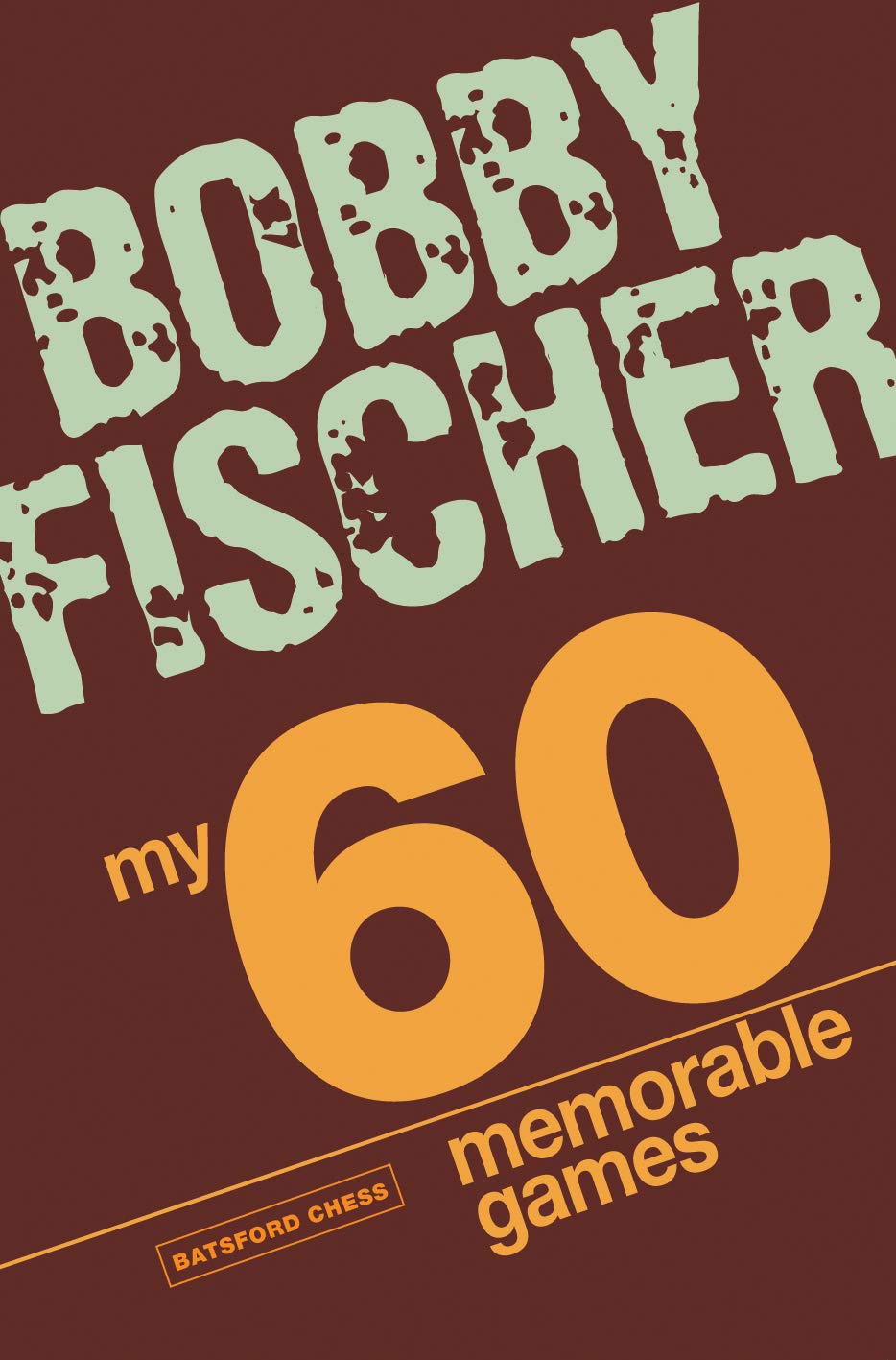
It’s one of the rare books that shows both brilliance and vulnerability. Fischer doesn’t sugarcoat mistakes, even his own.
This book is a must-own for any player above a beginner level. It’s not flashy, just deeply instructive.
Garry Kasparov: My Great Predecessors Series

Garry Kasparov made magic with this book. He didn’t just publish normal chess material; he wrote an encyclopedia.
The My Great Predecessors series (five volumes) covers every world champion before him, dissecting their styles and contributions.
But don’t expect bland history. Kasparov critiques, praises, and corrects them all.
Each volume blends biography with brutal analysis. His annotations are thick but never lazy. Every line conveys the feel of Kasparov’s personality: aggressive, passionate, and unapologetic.
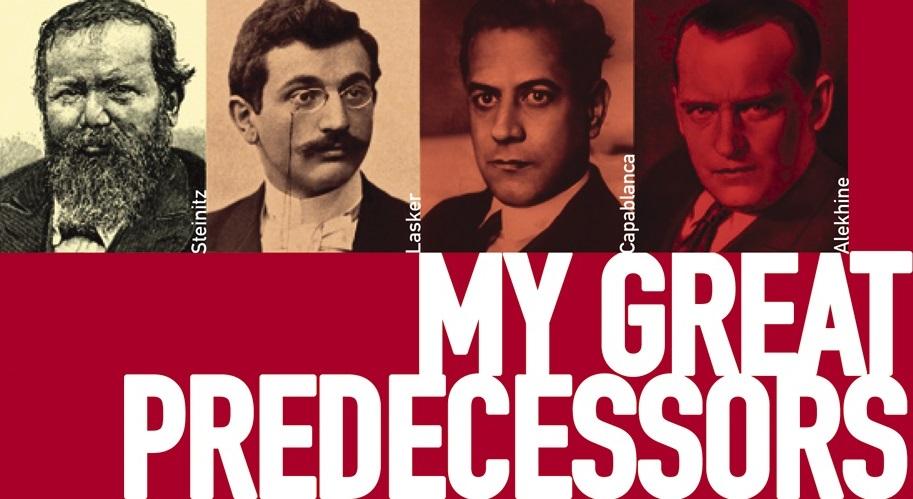
He also followed it up with Modern Chess and Garry Kasparov on Garry Kasparov, essential books for advanced players.
Mikhail Tal: The Life and Games of Mikhail Tal
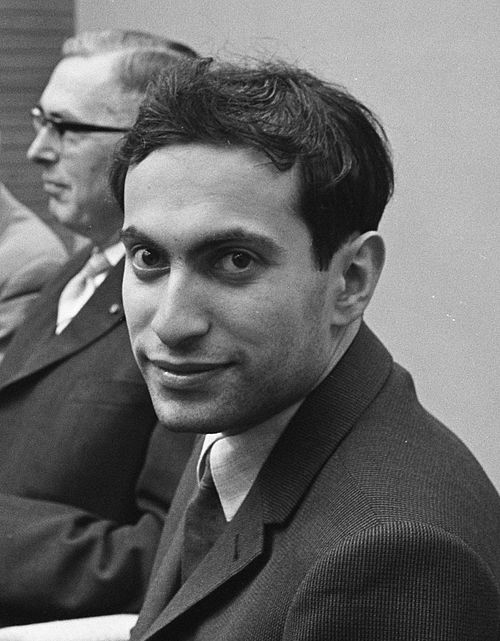
The Magician from Riga, The Pirate of Latvia. Tal was a magician, and he wrote like one. The Life and Games of Mikhail Tal isn’t just about chess.
It’s about the thrill of attacking, the joy of playing, and the art of imagination. His annotations are often less about exact calculations and more about what he was feeling.
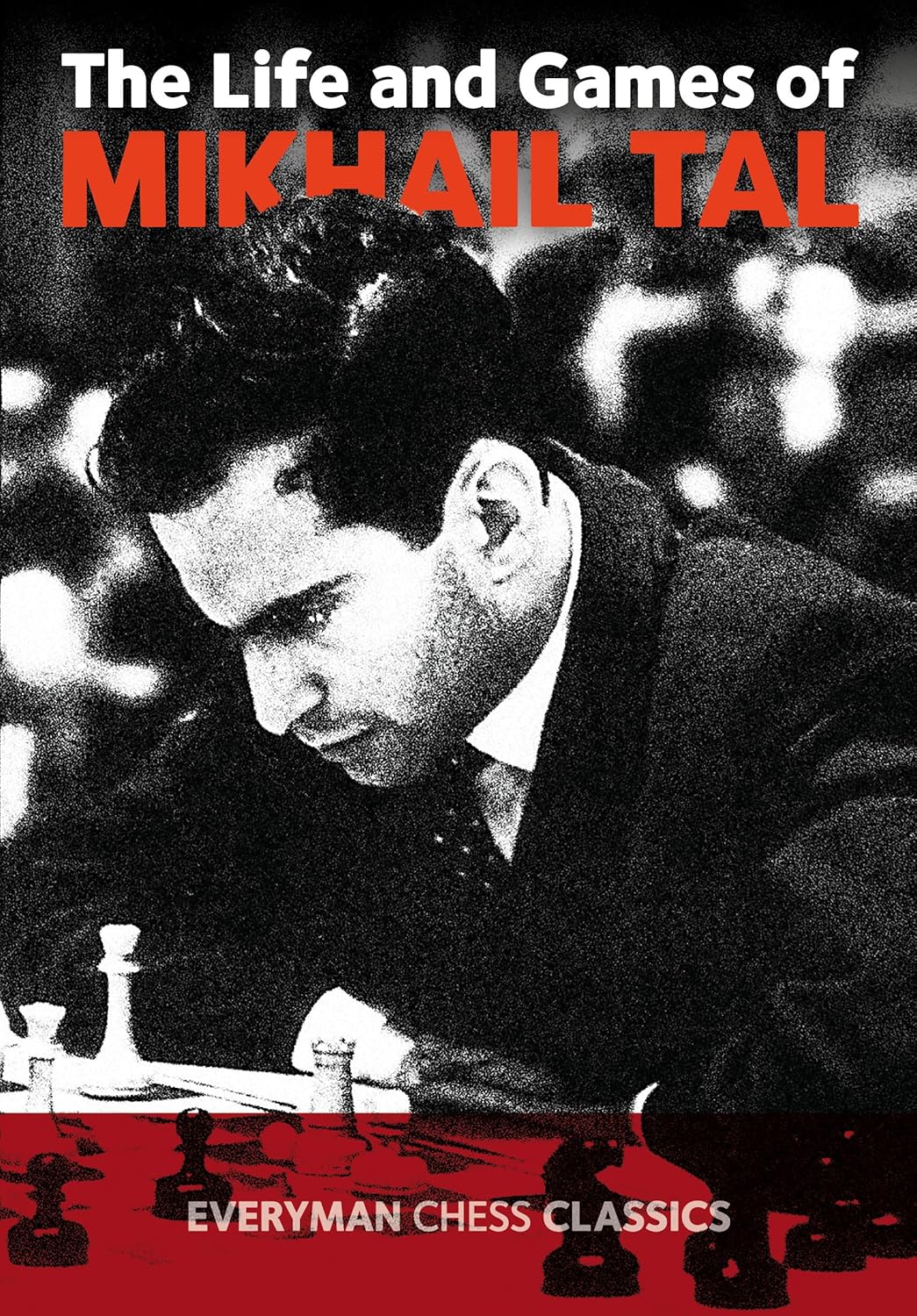
Tal doesn’t pretend to be perfect. He tells us when he was bluffing. He admits when things shouldn’t have worked, but they did. The result?
A book that feels like a story, not a lecture. You’ll learn a lot, but more importantly, you’ll want to play.
Vladimir Kramnik: Kramnik: My Life and Games
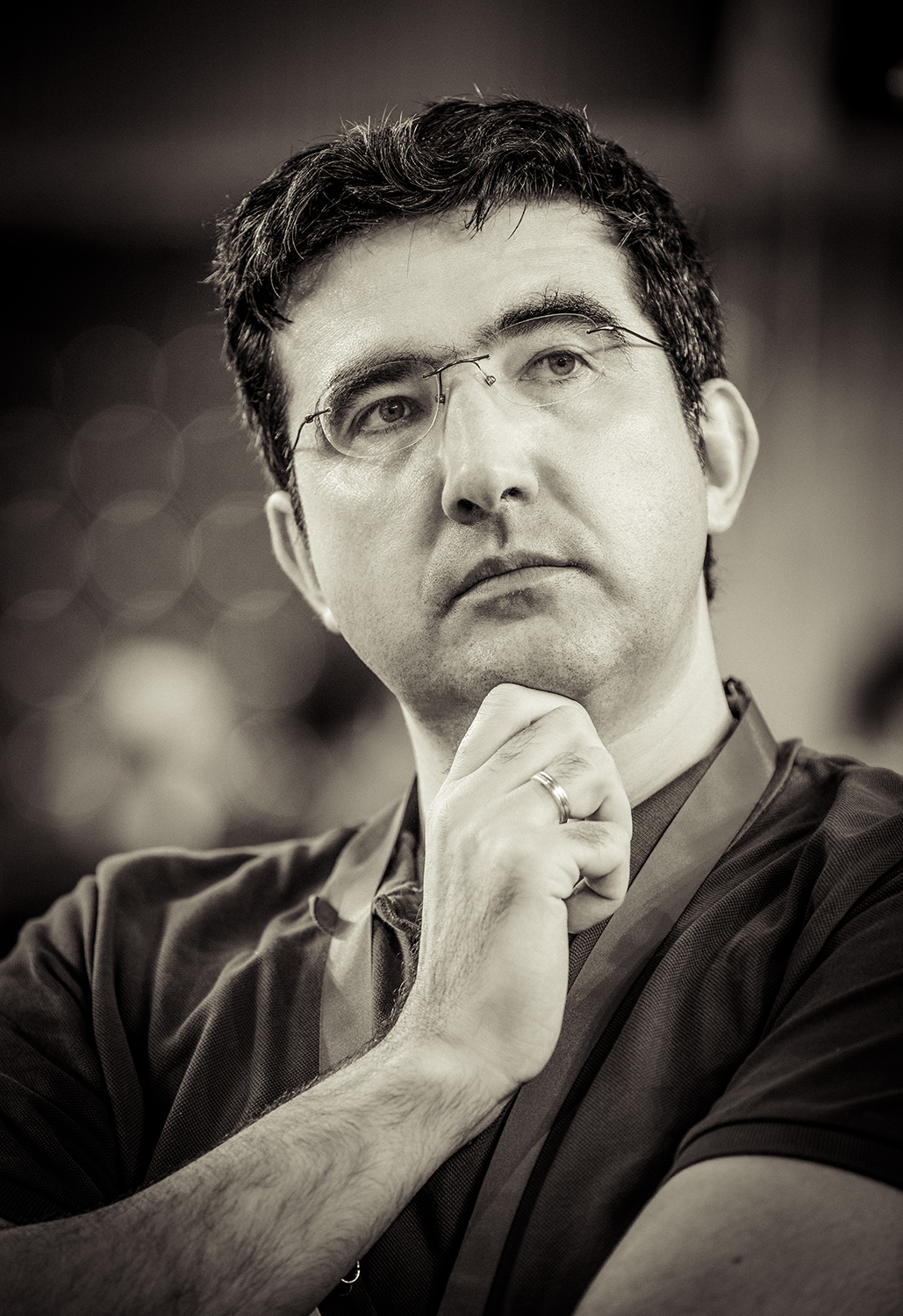
Kramnik doesn’t speak loudly, but his book does. This is the man who dethroned Kasparov, and the annotations here show why. His games are positional masterpieces with crystal-clear logic.
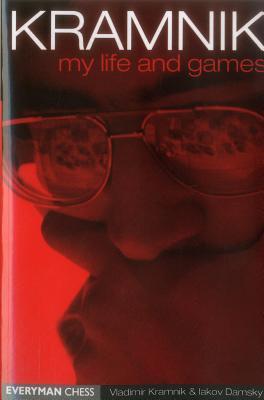
Kramnik: My Life and Games is part autobiography and part high-level instruction.
You won’t find wild emotional swings or poetic ramblings, just deeply human reflections and deeply instructive chess.
For players who admire clarity over chaos, this book is gold.
Alexander Kotov: Think Like a Grandmaster
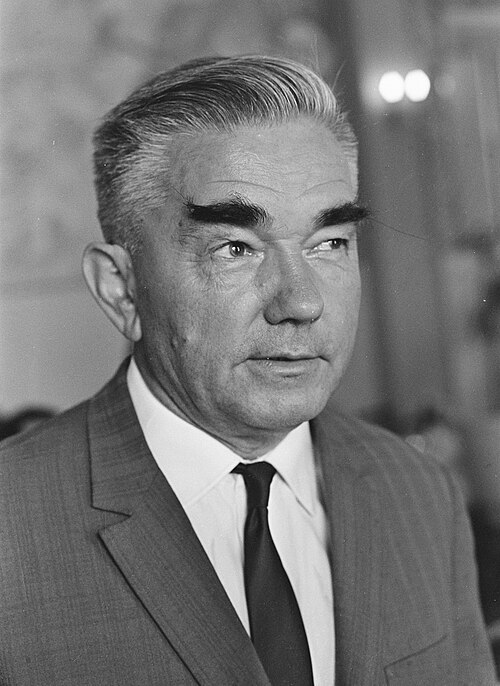
This book introduced “candidate moves” to the average player. Kotov didn’t just share games; he shared how GMs think, step by step.

It’s not an easy read. But if you stick with it, it’ll change how you calculate. Kotov’s writing is more of a blueprint. He breaks down thought processes into digestible stages.
Even today, decades later, every serious coach recommends it.
David Bronstein: Zurich International Chess Tournament 1953
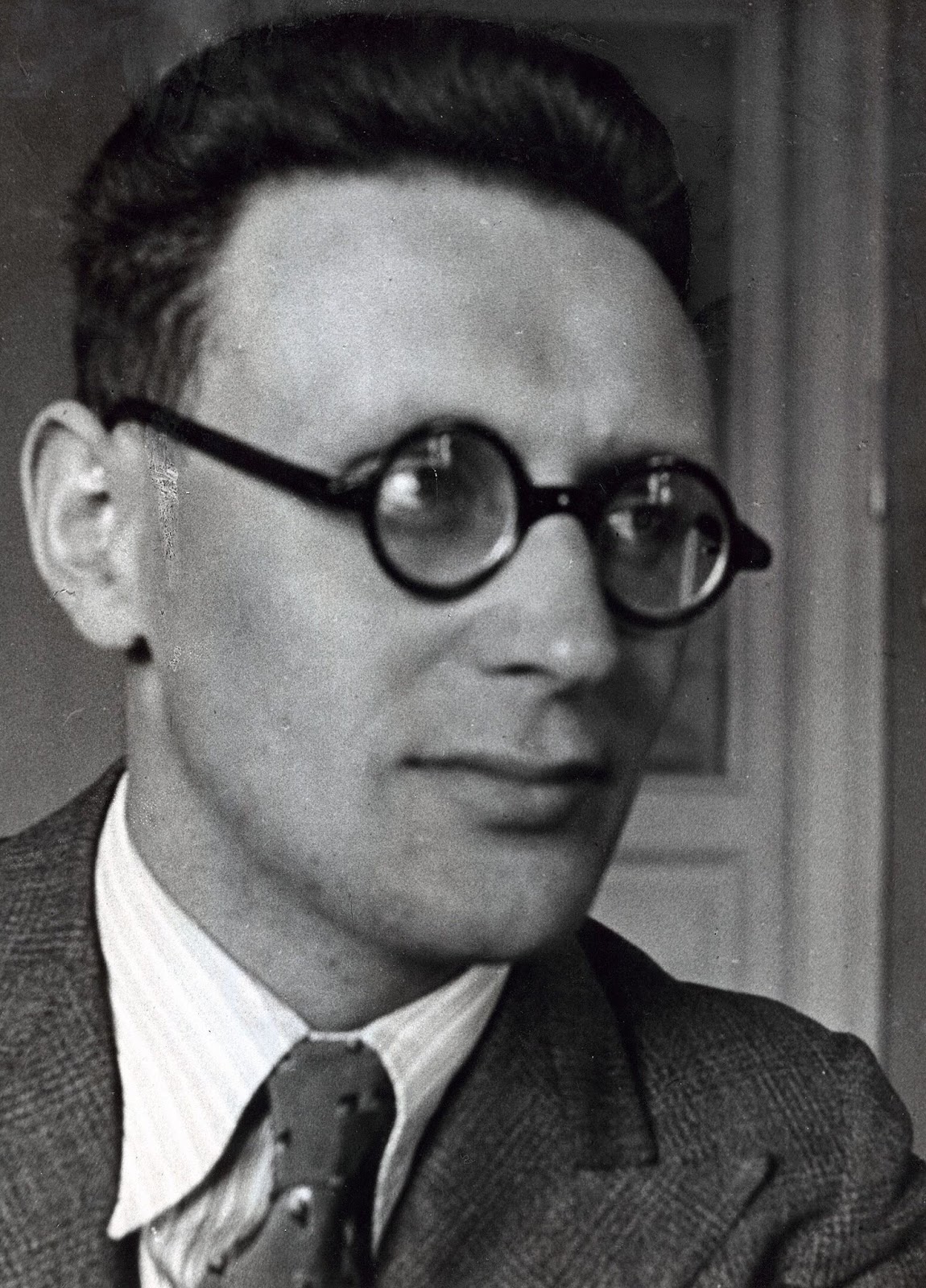
This book is a masterclass in annotation and structure. Bronstein doesn’t just tell you what happened, he tells you why it mattered.
The Zurich 1953 tournament was one of the strongest ever, and Bronstein was in the thick of it.
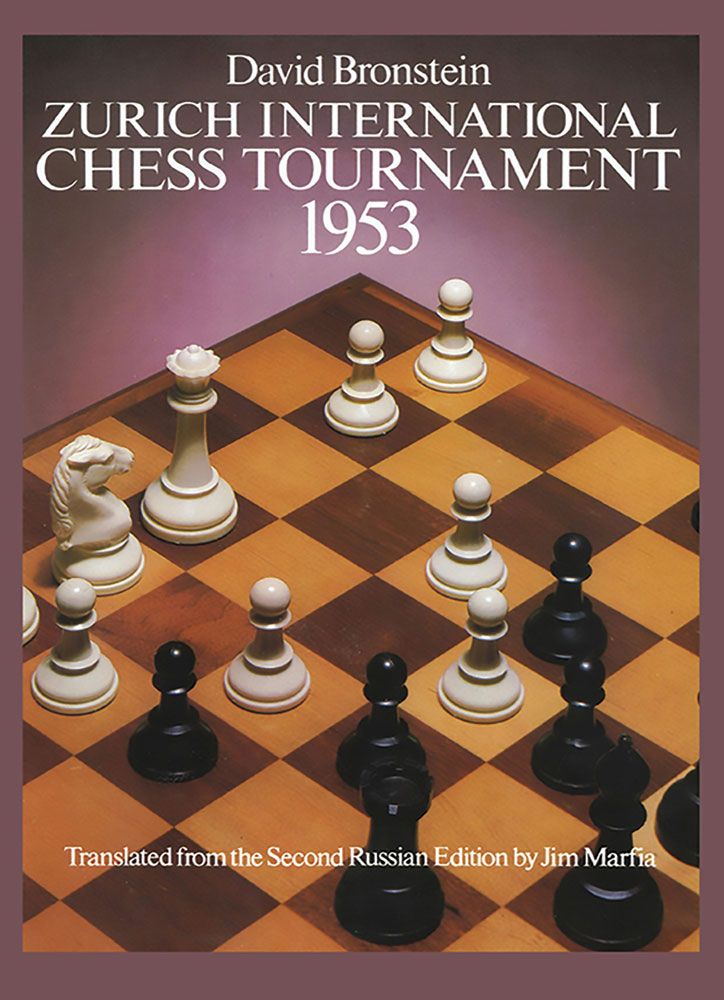
His insights feel personal, like a post-game chat with a friend who also happens to be a genius.
If you want to understand dynamic positional play, start here.
Reuben Fine: The Ideas Behind the Chess Openings
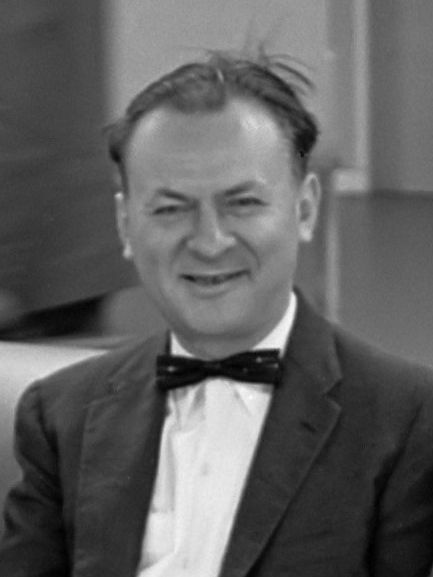
This book was written in the 1940s, and it is still relevant. Reuben Fine was a top-ten player of his time and a brilliant writer.
This book breaks down openings by ideas, not just memorized lines.
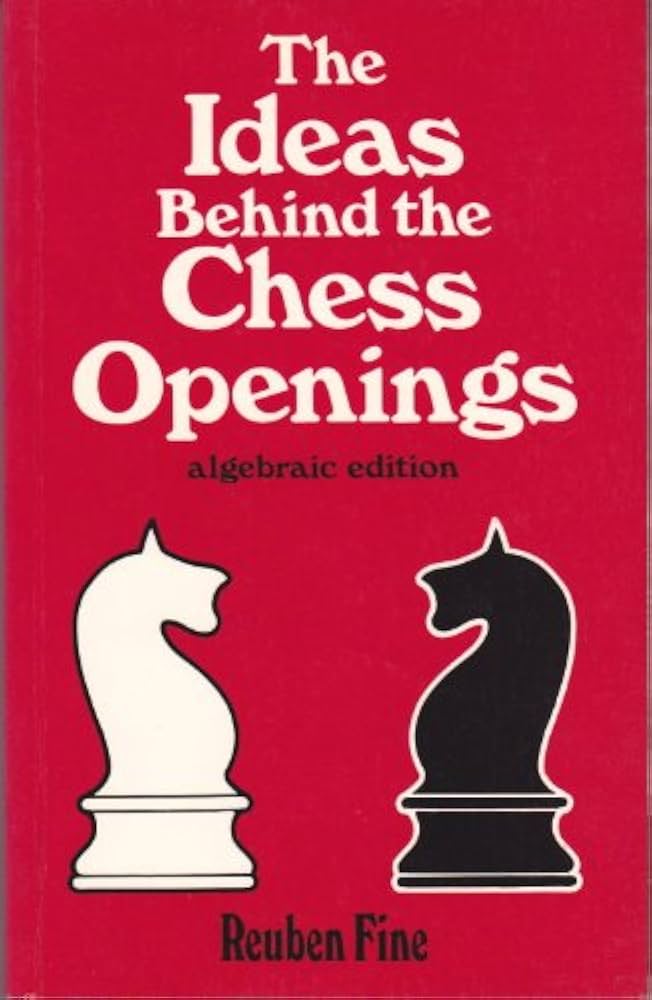
It’s old-school in tone but timeless in content. If you’ve ever wondered “why” instead of just “what move,” this one delivers.
Judit Polgar: How I Beat Fischer’s Record

The strongest female chess player in history and the biggest challenge to what was regarded as the norm in chess, gave us a personal look into her rise.
Judit Polgar’s book is autobiographical, instructional, and inspiring all at once.
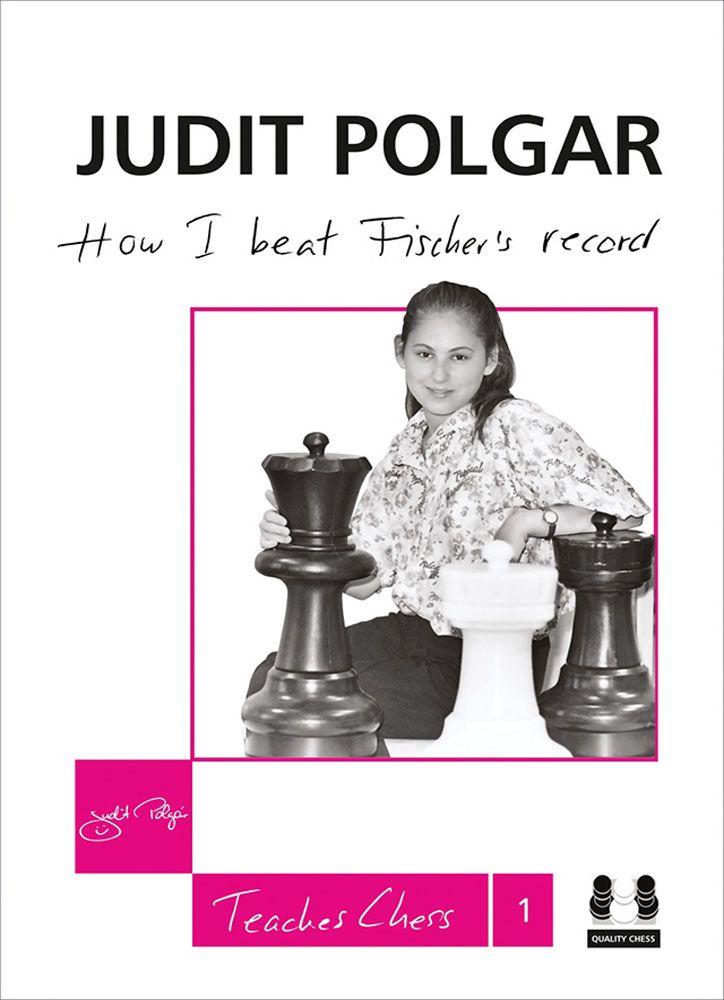
You’ll find tactical gems, strategic grinds, and a front-row seat to her battles with top players. How I Beat Fischer’s Record is also an excellent read for younger players aiming high.
Tigran Petrosian: Python Strategy

Petrosian is often called boring by lazy commentators. His book proves otherwise. Python Strategy shows how to squeeze life out of a position slowly, methodically, and beautifully.
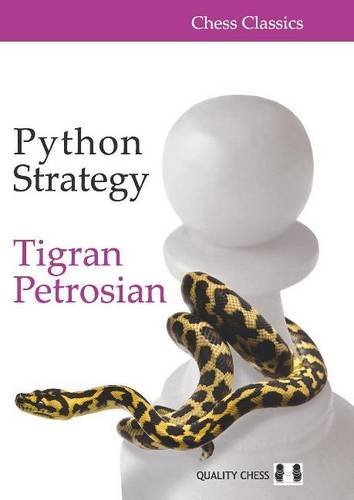
You won’t find fireworks here. You’ll discover the art of restriction, defense, and long-term planning.
After all, they didn’t call him the Iron Tigran for nothing. For anyone who wants to play chess with depth, this is it.
Yasser Seirawan: Winning Chess Series

Yasser’s series is how many players got serious. Each one is clear, well-structured, and practical.
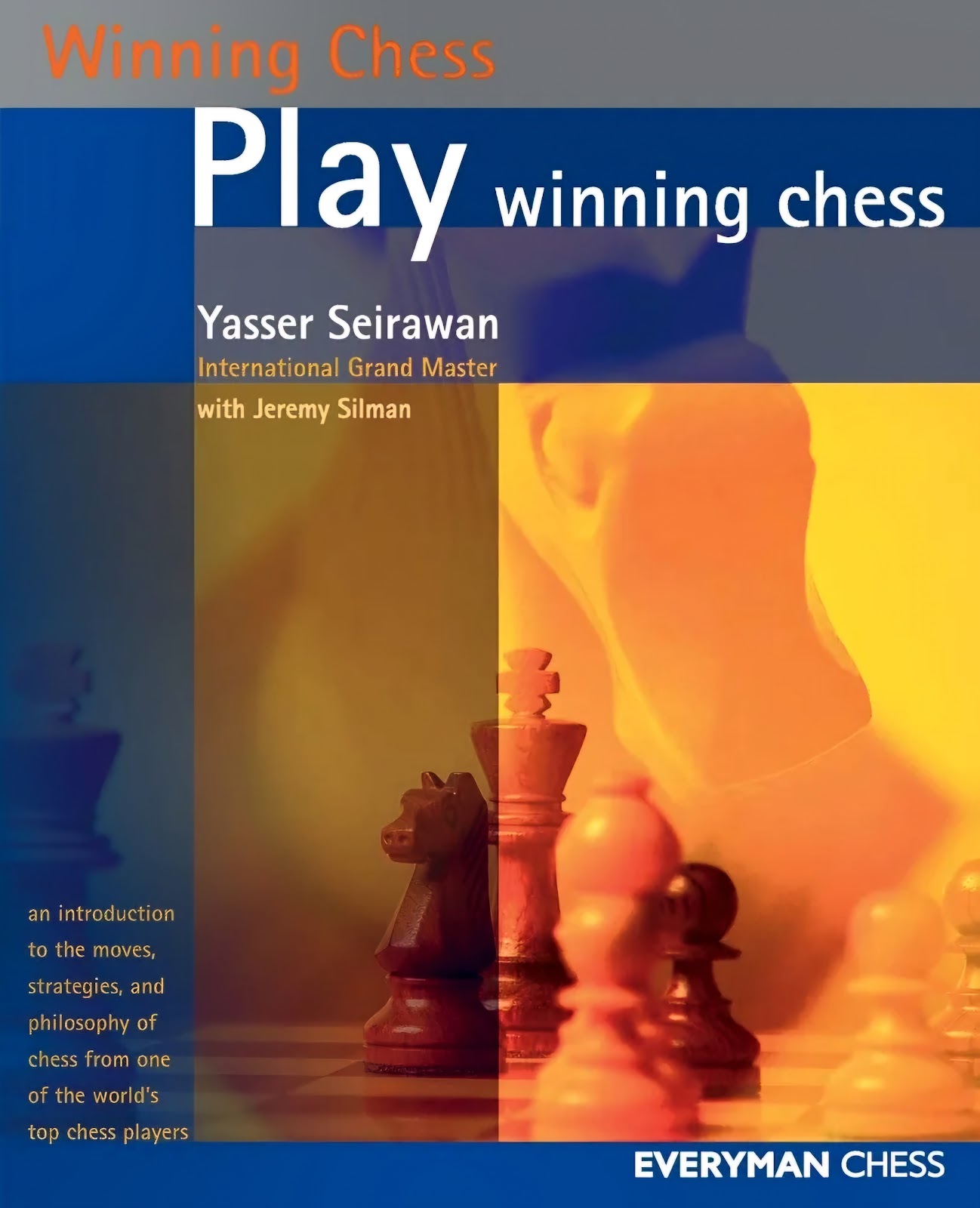
Seirawan has that rare teacher’s gift: he knows what the reader needs next. Whether you’re 900 or 1800 rated, these books will make you better.
They’re also fun to read. Yasser’s personality shines through, and you never feel overwhelmed.
Viktor Korchnoi: Chess is My Life
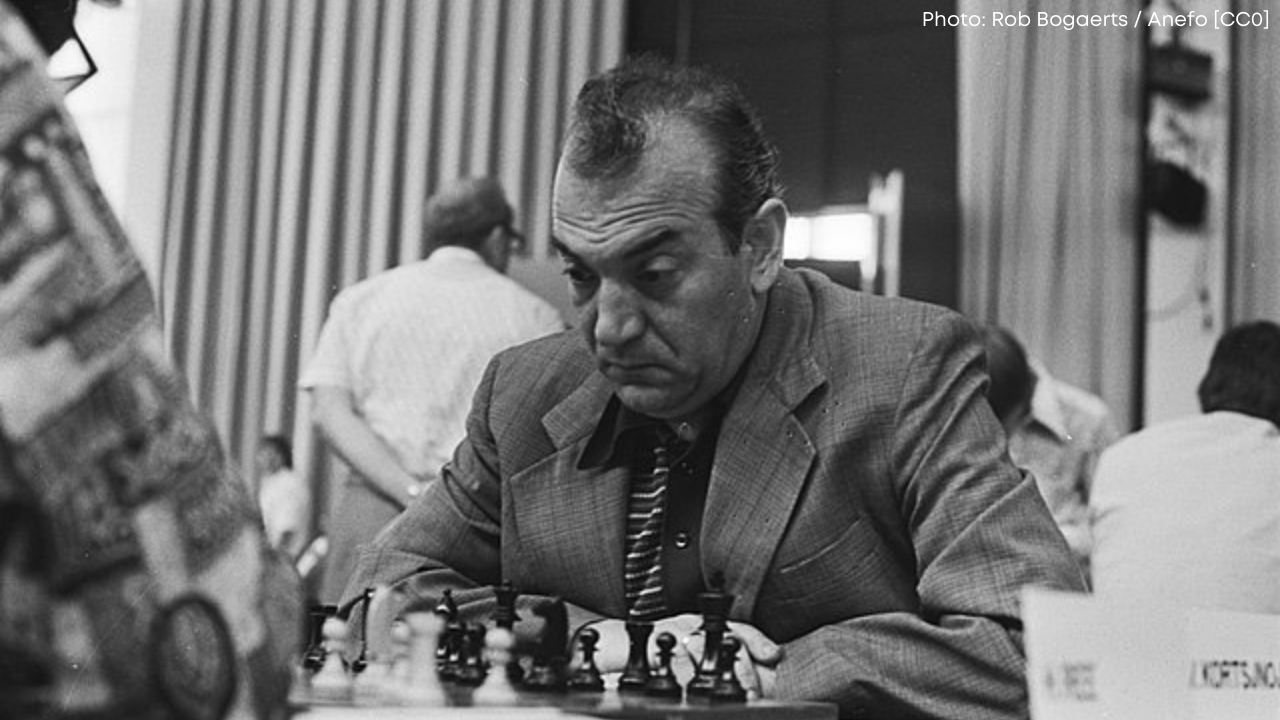
Korchnoi’s life story reads like a Cold War thriller. He defected from the USSR, faced Karpov for the World Championship under political tension, and kept fighting into his 70s.
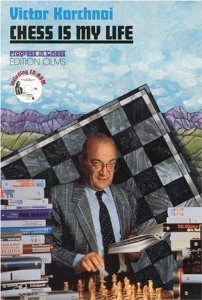
In Chess is My Life, he tells it all. The book combines dramatic real-life events with tough-minded chess insights. Korchnoi doesn’t sugarcoat anything, and he even includes his losses.
His writing is raw, emotional, and brutally honest. One of the most human chess books ever.
Final Thoughts
Great players leave a legacy. The best ones leave it in books.
Every one of these books teaches more than moves. They teach how to think, plan, and feel chess. You’re missing part of the game’s soul if you haven’t read them.
So pick one, crack it open, and learn from the legends themselves.
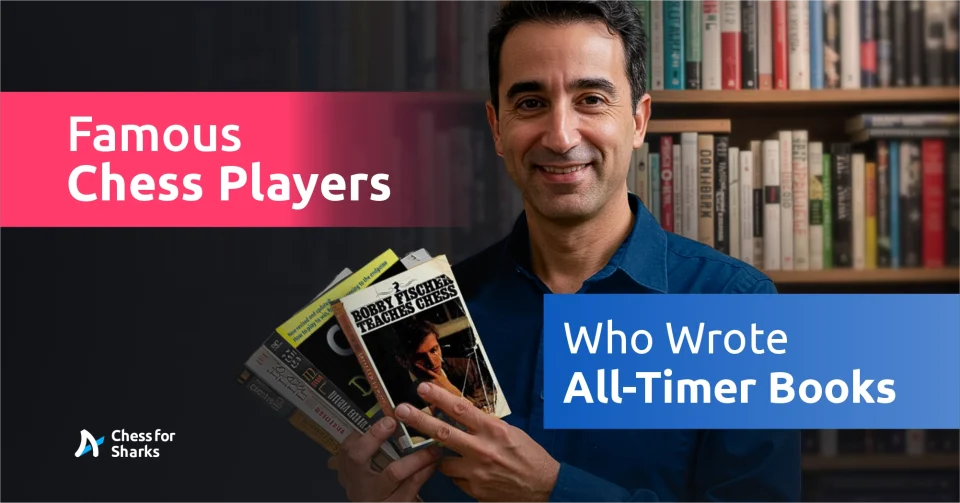


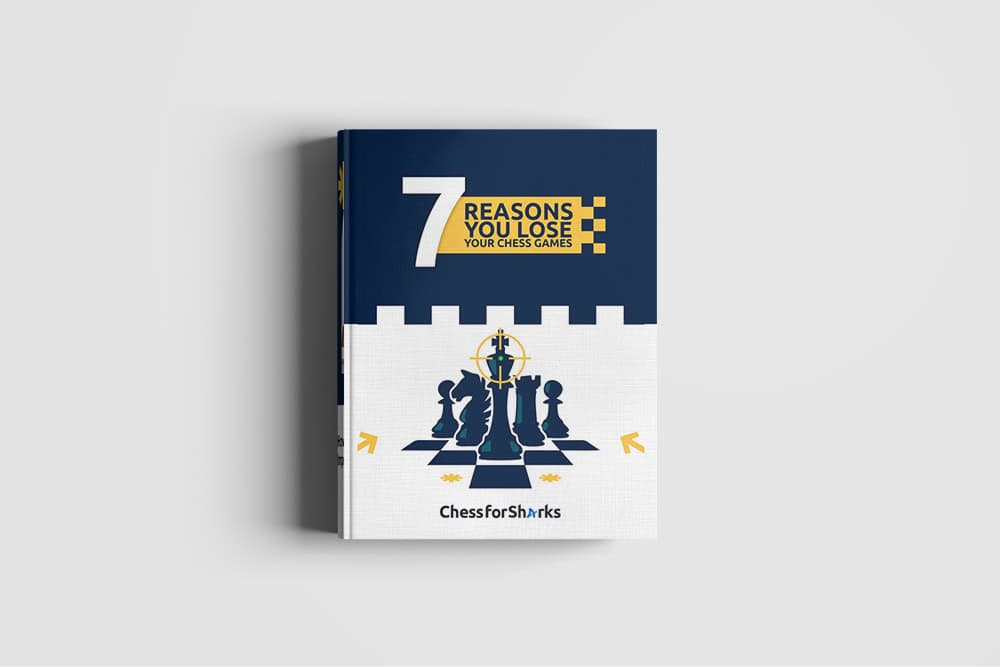



join the conversation